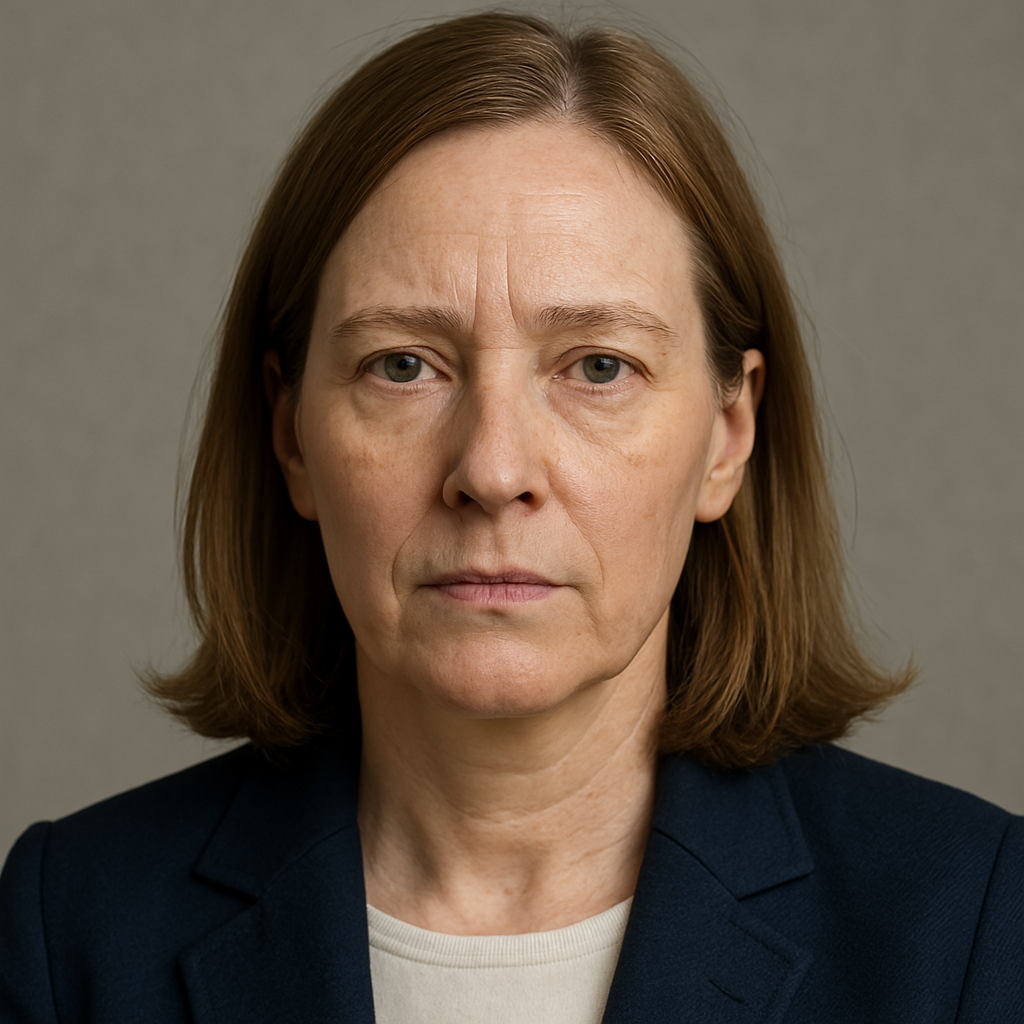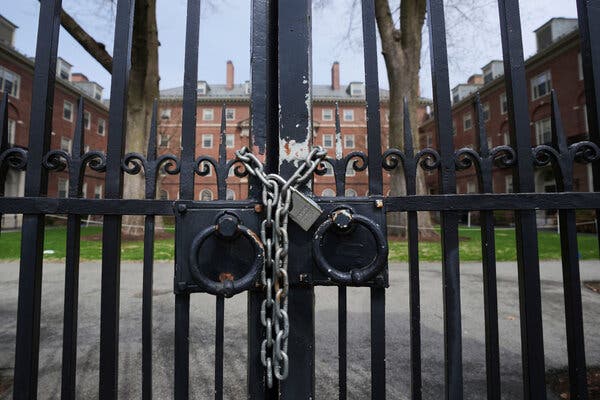The foundation of American democracy is under significant strain. With political upheaval disrupting alliances, challenging established norms, and testing constitutional limits, many citizens wonder how they can contribute to steering the nation toward a healthier future.
Reflecting on this, I confronted the question personally early in the previous presidential term and chose to take action. Accepting a 50 percent salary reduction, I left journalism to help launch a nonprofit called Weave: The Social Fabric Project. Our team believed that widespread social distrust was the root cause of societal fractures, yet local community leaders, whom we dubbed Weavers, were actively rebuilding trust from the ground up. Our mission was to support their vital efforts.
The journey was a humbling one. I quickly realized that skills honed as a writer did not translate well to organizational leadership, leading to difficult missteps and public setbacks. Eventually, it became clear that balancing journalism with nonprofit management, especially funded by philanthropic donors, was untenable.
I stepped back from daily operations to serve as chair without compensation. Despite these challenges, Weave has flourished under new leadership, with ambitious plans to expand into 75 communities within three years. More importantly, my role took me across the country—from Nebraska to Louisiana to North Carolina—sharing the stories of dedicated community builders striving to heal divisions.
This exposure deepened my conviction about a critical issue afflicting America: segregation. This is not limited to race—where, alarmingly, school segregation has worsened—but also extends to class. Traveling between areas dominated by college graduates and those where high school education is the norm often feels like visiting different worlds.
In 2003, Harvard’s Theda Skocpol highlighted in her book "Diminished Democracy" that Americans once participated actively in cross-class civic organizations such as Rotary and Elks clubs. Over time, however, the highly educated withdrew, gravitating toward professional groups comprising like-minded peers. Skocpol noted that these cross-class voluntary groups have since become obscure to many educated Americans.
This self-imposed segregation extends beyond social clubs. Educated Americans increasingly isolate themselves in neighborhoods, professions, and social circles dominated by peers with similar academic backgrounds, rarely interacting with working-class individuals. A recent study published in the journal Nature revealed that nearly all leaders across 30 influential fields share a college education, with more than half attending just 34 elite institutions—an extreme form of social stratification.
Moreover, this division is perpetuated through education. Children from affluent families are far more likely to attend preschool, and by sixth grade, students in the wealthiest districts outperform their peers by four grade levels. By high school, the reading proficiency gap widens to five years. A 2017 study found that children from the top 1 percent of earners are 77 times likelier to attend Ivy League universities than those from families earning under $30,000 annually. As Daniel Markovits argues in his 2019 book "The Meritocracy Trap," this academic gap surpasses the racial achievement gap seen during the era of Jim Crow laws.
This stark reality demands reflection: while society widely condemns Jim Crow segregation, a similar division based on class has quietly taken root.
Many are motivated to resist the current political leadership, which is understandable and necessary. However, such resistance addresses symptoms rather than the underlying causes. The surge of global populism, which has intensified over decades, is largely fueled by societies divided into caste-like structures where education, opportunity, and power are concentrated within an elite group, leaving much of the working class feeling disenfranchised and resentful.
While I remain concerned about the short-term impact of recent political developments, my greater worry lies in the long-term dominance of populist politics worldwide. What happens if this climate persists for generations?
Equally important is the question of reform. Beyond opposing political figures, we must consider what structural changes can address the root causes of such divisions. So far, meaningful reform proposals have been scarce.
Education reform was once viewed as a key strategy to disrupt entrenched social hierarchies and expand opportunity. Past administrations pursued policies that, despite opposition from core constituencies like teachers' unions, aimed to improve access for lower-income groups. Currently, however, education reform has stalled within mainstream political efforts.
Interestingly, recent research indicates that states with conservative leadership have been more aggressive in pursuing innovative education policies, resulting in notable gains in student achievement, especially in Southern states such as Mississippi, Alabama, Louisiana, and Tennessee.
In many arenas, the political left risks becoming synonymous with preserving the status quo. When political figures target institutions like diversity initiatives, federal agencies, or universities, opposition groups often defend these without acknowledging legitimate critiques, inadvertently casting themselves as guardians of the past and their opponents as champions of change.
Opponents of the current administration face a dual challenge: to resist harmful policies while actively pursuing reforms to dismantle the systems that enable such politics. Reform, particularly aimed at breaking down caste-like segregation, is the more crucial task.
This will require policy initiatives focused on expanding investments in employment sectors that do not demand college degrees and institutional changes that open opportunities across political divides. Currently, many professional spheres—media, nonprofits, academia, and the arts—are inhospitable to those with differing political views, reinforcing segregation.
Ultimately, change will depend on grassroots social reforms. Individuals can make a difference by joining cross-class organizations and engaging in activities that bridge social divides. Even small gestures can foster connection. For example, wearing a sports team hat has sparked conversations with people from diverse backgrounds across the country, reminding me that, despite deep divisions, there remains potential to unite as one nation.


0 Comments
No comments yet. Be the first to comment!